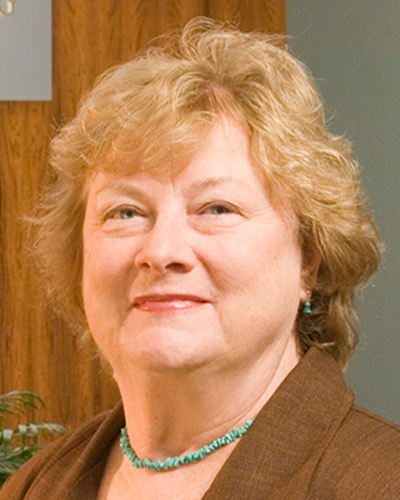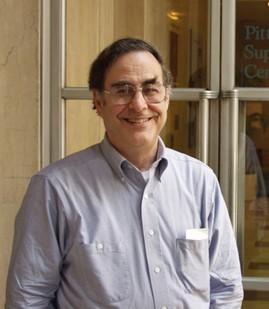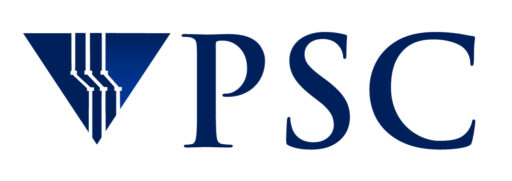


Beverly Clayton, Michael Levine, and Ralph Roskies
Clayton, Levine, and Roskies Recognized in “HPCwire 35 Legends Class of 2025”
Three of PSC’s founders have been named as supercomputing legends by HPCwire, the field’s pre-eminent online trade publication. Beverly Clayton, Michael Levine, and Ralph Roskies have been installed in the pantheon of the HPCwire 35 Legends Class of 2025, recognizing “pioneering researchers, visionary inventors, and influential executives who have translated innovative concepts into both technological breakthroughs and commercial successes.”
- The late Beverly Clayton, PSC’s first executive director, helped shape the center’s strategic vision, garnering support from the Pa. state legislature, helping to build the national supercomputing community, and even shepherding the center’s move into its current digs at CMU’s 300 South Craig St. building. And she did it all as the first woman to direct a supercomputing center, in an era when there were vanishingly few women in the field at all.
- Michael Levine, then a professor of physics at CMU, joined with Ralph Roskies of Pitt and James Kasdorf of Westinghouse Electric to found PSC, in 1986 obtaining the center’s first NSF grant for a then-blisteringly fast Cray X-MP/48 — the first of 19 systems on his and Roskies’s watch. A commanding presence at PSC and the supercomputing community, Levine stepped down as PSC’s scientific director in 2017, and now serves as professor emeritus at CMU.
- Ralph Roskies was scientific director of PSC with Levine for 35 years. A professor of physics at the University of Pittsburgh, he brought that institution into a then-rare cross-university project that proved to be an early template for how such collaborations can succeed. Roskies also served as a co-principal investigator of the NSF XSEDE project, helping to knit together NSF-funded supercomputing sites across the nation and serving as a progenitor for the current ACCESS program. Roskies left PSC in 2017 to serve as the inaugural Vice Chancellor for Research Computing at Pitt until his retirement in 2021.
